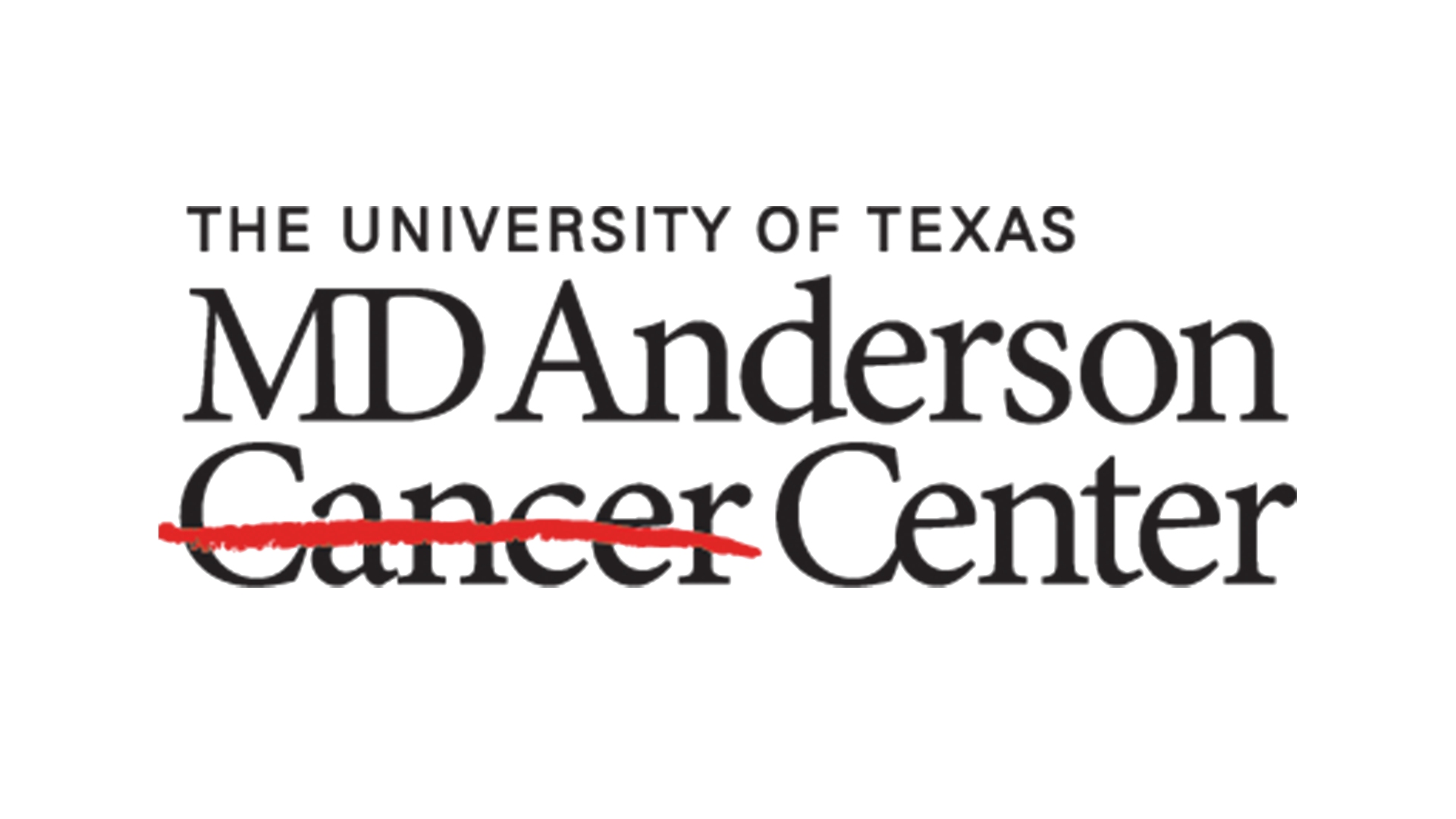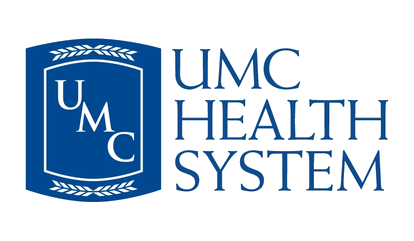Decluttering and Optimizing Your Surgical Supply Chain
Ternio Newsroom Staff | March 2024
With spring’s arrival, we’re reminded of the importance of fresh starts and clean slates—not just in our personal lives, but within the critical environments of our hospitals. The surgical supply chain, a complex and vital network, requires regular evaluation to eliminate redundancies, enhance performance, and ultimately provide better patient care. Now is the perfect time for a “Spring Cleaning”: a thorough reassessment, analysis, and strategic plan for your surgical supply chain.
How “Spring Cleaning” Improves the Surgical Supply Chain
Decluttering and optimizing your essential surgical processes and resources not only results in smoother, more efficient operations, but more importantly, greatly enhances and improves patient care. Here’s how:
Cost Savings
Identifying underutilized or expired equipment frees up valuable storage space and reduces unnecessary future purchases. Numerous studies have shown that inefficient surgical supply chains lead to significant waste. A 2019 report[i] from Navigant Research showed that U.S. hospitals spend close to $25.7 billion more per year on supply chain products than necessary. And unlike labor expenses, supply costs can be easily reduced without sacrificing clinical outcomes and efficiency, making them a primary target for healthcare organizations looking to reduce spending and optimize supply chain management.
Improved Efficiency
An estimated 10% to 20% of a hospital’s mobile assets are lost or stolen during their useful life, representing a financial loss of approximately $3,000 per item[ii]. But replacing missing items is only the most obvious part of the expense. Consider the hours of time that clinicians and staff may spend searching in vain for an item that is no longer there (or worse, it is in the inventory, but not where it is supposed to be). A well-organized and optimized supply chain minimizes wasted time, allowing staff to focus on patient care.
Enhanced Safety
Regular inspection and evaluation by qualified professionals ensures your surgical equipment is in proper working order, enhancing patient safety and promoting positive patient outcomes by minimizing the risk of malfunctions during procedures. A systematic review of surgical technology cited by researchers in their paper “Assessing Equipment, Supplies, and Devices for Patient Safety Issues”[iii] found that failure of equipment and technology accounts for a median of 23.5% of all surgical errors — a median of nearly one equipment related error per surgery. This same report revealed “dominant themes related to preoperative logistics involving instrument preparation…” and recommended “Surgical equipment checklists with explicit reference to equipment availability…”
Reduced Waste
The estimated lifespan of an instrument is 300 to 900 cycles of sterilization[iv]. Surprisingly, in the majority of surgical settings the number of sterilization cycles for each instrument is not typically tracked[v]. The proper tracking of instruments will help to minimize unnecessary sterilization cycles as well as identify and remove instruments as they approach expiration, helping to ensure patient safety as well as minimizing environmental impact.
A 4-Step “Spring Cleaning” Plan for Your Surgical Supply Chain:
Out with the old, in with the optimized! Spring cleaning is not just about removing the old, but about making room for the new—or in the case of surgical supplies, the optimized. By assessing and adjusting your inventory and processes you can ensure that every instrument serves a purpose, needed instruments are available and in good condition when needed, and no resource is wasted. Here’s how you can best assure your facility is primed for efficiency and excellence this spring.
- Inventory Deep Dive
Conduct a comprehensive review of your entire surgical instrument inventory. Categorize instruments by usage frequency, expiration date, and condition. Collaborate with key stakeholders including surgeons, surgical techs, and central sterile processing department (CSPD) staff in the inventory review process. Their insights can be invaluable in identifying rarely used or outdated equipment.
- Declutter and Dispose
Identify expired or rarely used instruments for proper disposal following regulatory guidelines set forth by The Joint Commission and the Environmental Protection Agency (EPA). Explore responsible disposal options such as partnering with specialized medical waste disposal companies to ensure expired instruments are handled safely and in accordance with environmental regulations. The Environmental Protection Agency (EPA) offers a webpage[vi] titled “Medical Waste Disposal” with helpful resources.
- Repurpose and Repair
Evaluate the potential for repurposing instruments for different procedures, following manufacturer recommendations and guidelines set forth by professional associations like AORN[vii].
Functional, but underutilized equipment can be sold to other facilities or donated to charitable organizations. Ternio’s ProCycle Solutions can be instrumental in the identification of these valuable, underutilized resources and help return value to your bottom line.
What better way to honor the season of renewal than by ensuring the maximum lifespan and top-quality condition of your surgical devices and instruments? Ternio Surgical Restoration provides a comprehensive repair suite with real-time, online status tracking and push reporting, eliminating anxiety over repair status and delivery turnaround, and allowing your facility to maintain a full complement of tools refurbished to OEM standards without the need for external sourcing.
- Restock and Reorganize
To make your efficiency blossom, consider the role of efficient procurement and liquidation. Ternio’s InstruSource platform can be a powerful ally in this process, offering improved accuracy and efficiency in instrument procurement and management.
As you implement these spring cleaning strategies, remember that Ternio is here to support you every step of the way, ensuring that your focus remains where it matters most—on patient care. We are committed to supporting your efforts to achieve a clean and efficient surgical supply chain. Ternio’s suite of surgical management solutions can be instrumental in empowering your organization to achieve a clean, efficient, and cost-effective surgical supply chain. Together, let’s usher in a season of renewal and transformation in healthcare.
[i] https://www.definitivehc.com/blog/reduce-supply-chain-spending
[ii] https://www.chiefhealthcareexecutive.com/view/hidden-costs-of-missing-medical-equipment-viewpoint
[iii] https://patientsafetyj.com/article/73988-assessing-equipment-supplies-and-devices-for-patient-safety-issues
[iv] https://www.sciencedirect.com/science/article/abs/pii/S1072751514005109
[v]https://journals.lww.com/aosopen/fulltext/2024/03000/a_day_in_the_life_of_a_surgical_instrument__the.24.aspx
[vi] https://www.epa.gov/rcra/medical-waste
[vii] https://info.aorn.org/2024-guidelines-for-perioperative-practice-book-sale.html?utm_campaign=guidelines_2024&utm_medium=cpc&utm_source=google&utm_term=surgical%20guidelines



















